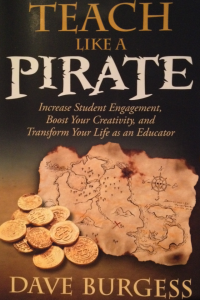Last night I read a wonderful article. I found the article because Cris Guenter shared it on Twitter via Roxana Marachi and I’d searched on Twitter for ‘curiosity + pedagogy’. Just that search alone popped up a bunch of educators I wanted to follow. Twitter is just amazing for professional development. Anyway, the article was called “The Pedagogy of Play and the Role of Technology in Learning” by Aran Levasseur and you can read it here.
I’ve been thinking about the article all day and feel compelled to share it’s findings and add a few thoughts of my own.
1) “One doesn’t read “The Decline and Fall of the Roman Empire” to develop strategy before playing the game [Civilisation]. One starts by playing. This is true for all videogames.” Agree.
2) “You start by exploring the world with curiosity and begin to develop a hypothesis of what you’re supposed to do. Through trial, error, pattern recognition, logic and chance you continually reformulate your trajectory.” Agree. These two sentences, for me, encompass the development of a child. Technology-wise, as part of the generation brought up on the Atari (hardly any buttons, wood effect, joysticks, that’s all I remember), Sinclair ZX … Read more...
 Earlier this year, when this Exciting Curiosity project had just begun, one of the first things I saw people talking about via Twitter was the book ’Teach Like A Pirate’ by
Earlier this year, when this Exciting Curiosity project had just begun, one of the first things I saw people talking about via Twitter was the book ’Teach Like A Pirate’ by 